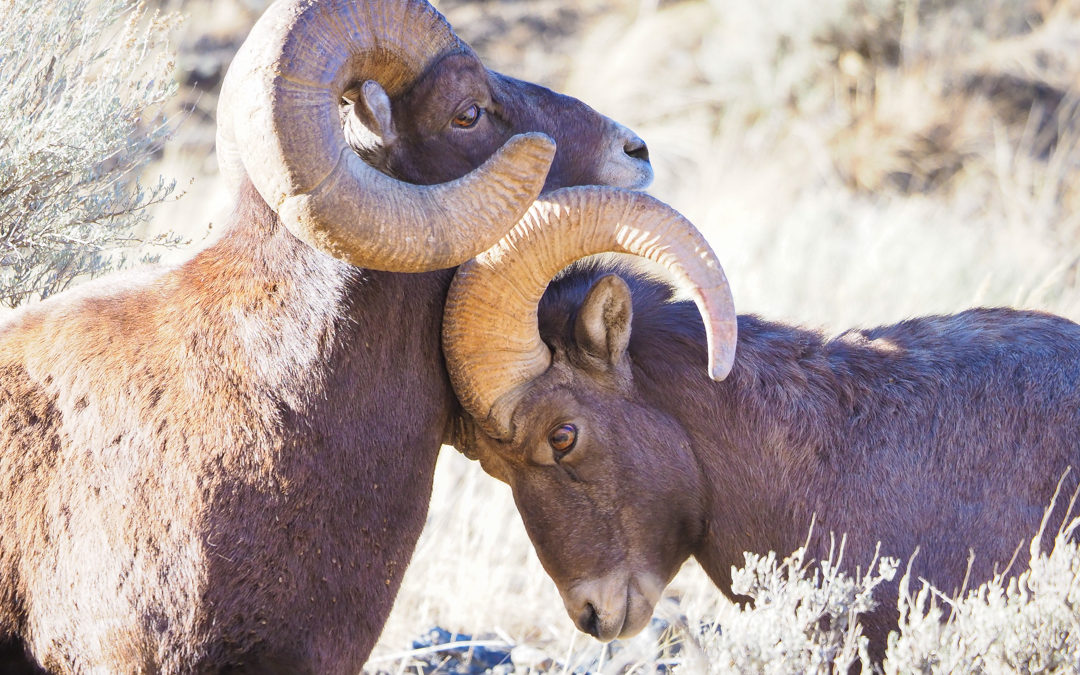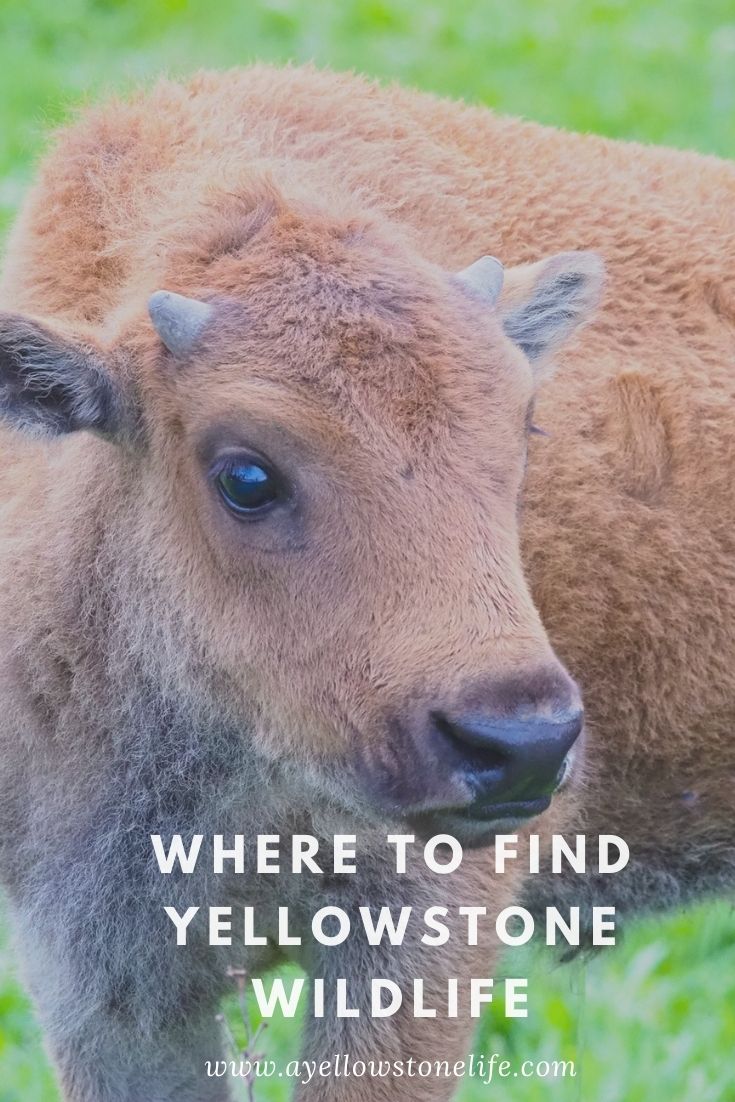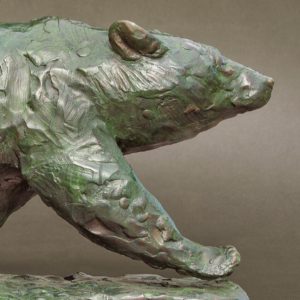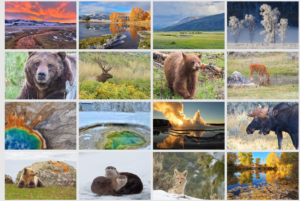Where to find common Yellowstone wildlife species spring through fall.
Although Yellowstone’s myriad wildlife can be viewed throughout the park, (and we encourage you to experience the thrill of finding animals on your own, get our wildlife watching tips here), here are a few tips on ideal places and times to view some of the more popular animals during spring, summer, and fall.
Here’a link to the Yellowstone map so you can look up the locations that are unfamiliar to you.
BISON are found most everywhere in Yellowstone, but concentrate in the broad meadows of the Madison, Hayden and Lamar Valleys. Newborn bison calves, often called ‘red dogs’ because of their orange fur, are easily spotted in April and May.
GRIZZLY BEARS tend to favor more open country, like the broad Hayden and Lamar Valleys, as well as high mountain slopes in late summer and fall.
BLACK BEARS on the other hand, frequent more forested country like the area around Tower Fall. BEAR CUBS, born in the den during the winter months, begin to be visible in May and June in the Tower, Lamar Valley, and Hayden Valley areas.
ELK are commonly seen in Mammoth Hot Springs and the Madison Valley, as well as many other places throughout the park. Look for spotted elk calves running along with mom starting in late May.
MOOSE, though fairly uncommon in Yellowstone (less than 200 animals live here), can often be found in the northeast part of the park. They are much more common in Grand Teton National Park.
BIGHORN SHEEP can be observed along cliff edges in the Gardner Canyon, confluence of the Lamar and Soda Butte rivers, Barronette Peak (along with MOUNTAIN GOATS), and Mount Washburn. Lambs and kids are often seen in May and June.
WOLVES frequent the open expanses of the Hayden and Lamar Valleys, Pelican Valley, and Swan Lake Flats. Wolf pups are sometimes seen in May if the den is visible from the road; otherwise, they are more commonly viewed in June and July when they move from the den to a summer rendezvous site.
BALD AND GOLDEN EAGLES can be seen year-round scavenging on carcasses, and in river corridors hunting waterfowl throughout the park.
OSPREY are commonly seen fishing on the park’s many rivers in summer.
OTHER RAPTORS like Swainson’s Hawks, Red-tailed hawks, and American kestrel can be found in a variety of mixed meadow and forest habitat and in the broad grassy valleys, hunting for small rodents, amphibians, and insects. PEREGRINE FALCONS can be seen in places with cliffs for nesting, like the Tower Fall area.
MULE DEER are common across most of Yellowstone and tend to migrate to lower elevations outside the park in winter.
PRONGHORN are seen in Lamar valley and the northern range in summer, and outside the north entrance in winter.
Happy wildlife watching! Be sure to check out our secrets for finding Yellowstone wildlife.
Need help planning your trip? Book a Yellowstone Trip Planning session with our favorite guide partners.
Photos © Jenny Golding




